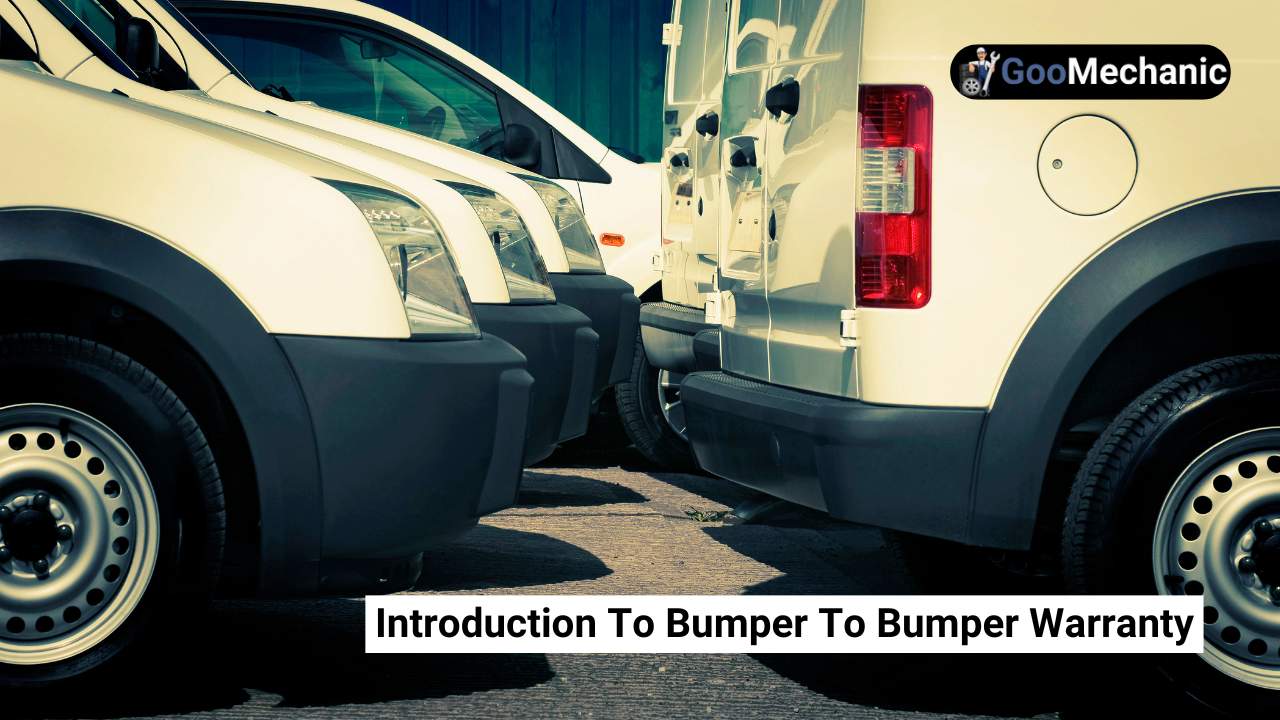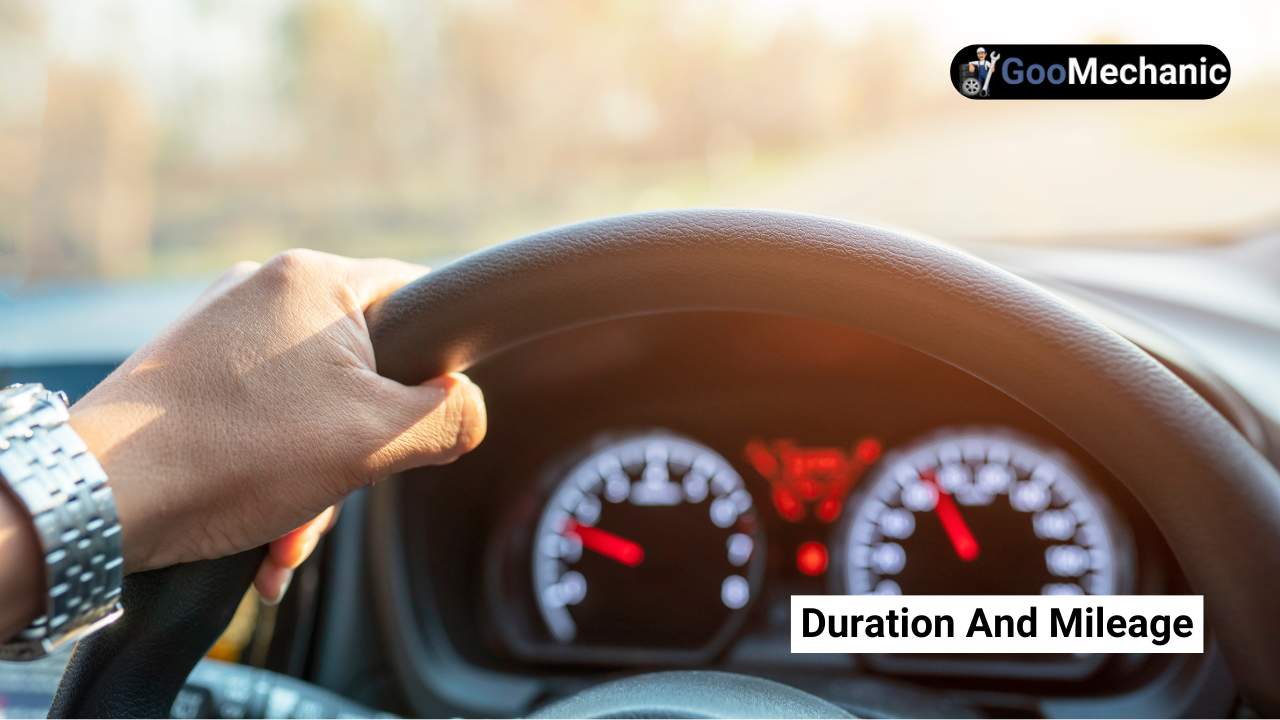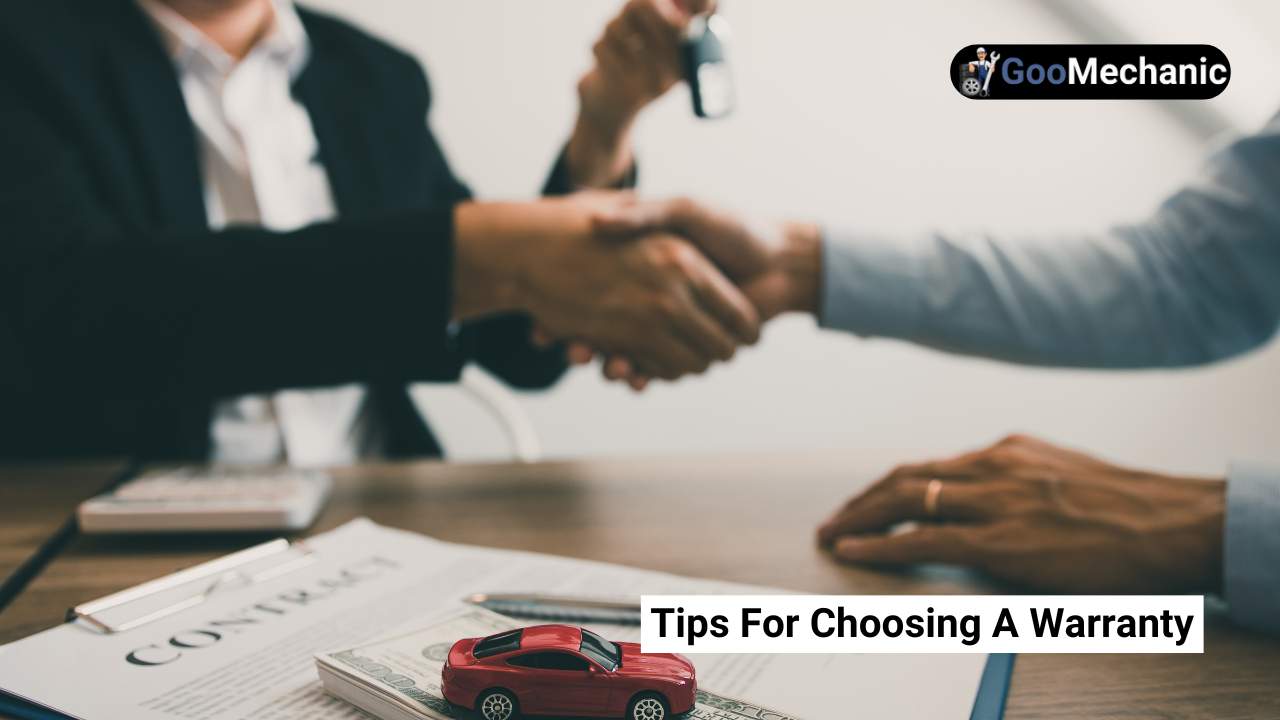A bumper-to-bumper warranty covers almost all parts and systems between a vehicle’s front and rear bumpers. It typically excludes wear-and-tear items like tires and brakes.
A bumper-to-bumper warranty offers comprehensive protection for new vehicle owners. This type of warranty typically covers a wide range of components, ensuring peace of mind against unexpected repair costs. It includes essential systems such as electrical, air conditioning, and safety features.
Wear-and-tear items like brake pads, tires, and wiper blades are usually not included. Such warranties often last for a specified number of years or miles, whichever comes first. Understanding what is covered helps in making informed decisions about vehicle maintenance and repair costs. This warranty is essential for anyone looking to protect their investment in a new car.
Introduction To Bumper To Bumper Warranty

A bumper to bumper warranty is a type of car warranty. It covers almost every component of your vehicle from the front bumper to the back bumper. This warranty is sometimes called a comprehensive warranty. It offers the most extensive protection for your car.
Definition
The definition of a bumper to bumper warranty is simple. It covers most of the parts and systems in your car. This warranty typically includes the engine, transmission, and other critical systems. But it may exclude items like tires, brake pads, and wiper blades.
| Covered Components | Excluded Components |
|---|---|
| Engine | Tires |
| Transmission | Brake Pads |
| Electrical Systems | Wiper Blades |
Importance
The importance of a bumper to bumper warranty cannot be overstated. It provides peace of mind to car owners. The warranty covers expensive repairs. This can save you money in the long run. It also ensures that your car remains in good condition. Regular maintenance and repairs are key to the longevity of your vehicle.
- Saves money on repairs
- Provides peace of mind
- Ensures car longevity
In summary, a bumper to bumper warranty is a valuable investment. It covers most parts of your car. It saves you money and provides peace of mind.
Covered Components
A bumper to bumper warranty covers various car components. These include both electrical and mechanical parts. Let’s dive into the covered components.
Electrical Systems
The warranty often covers most electrical systems. Here are some key components:
- Battery: Ensures your car starts smoothly.
- Alternator: Keeps your battery charged.
- Starter motor: Powers the engine start.
- Power windows: Allows easy window control.
- Lights: Includes headlights, tail lights, and interior lights.
Mechanical Parts
The warranty also covers many mechanical parts. Here are the main components:
- Engine: The heart of your car.
- Transmission: Ensures smooth gear shifts.
- Drivetrain: Transfers power to wheels.
- Suspension system: Provides a comfortable ride.
- Braking system: Ensures safe stops.
| Component | Type | Function |
|---|---|---|
| Battery | Electrical | Starts the car |
| Engine | Mechanical | Powers the car |
| Transmission | Mechanical | Changes gears |
| Lights | Electrical | Illuminates the car |
A bumper to bumper warranty provides peace of mind. Knowing both electrical and mechanical parts are covered is comforting. It ensures fewer out-of-pocket expenses for repairs.
Exclusions And Limitations
Understanding the exclusions and limitations of a bumper to bumper warranty is crucial. These limitations define what is not covered under your warranty. Knowing these can help avoid unexpected costs. Below are the most common exclusions and limitations.
Wear And Tear Items
Bumper to bumper warranties usually do not cover wear and tear items. These include parts that naturally wear out over time.
- Brake pads
- Tires
- Wiper blades
These items need regular replacement. They are considered normal maintenance.
Modifications
Modifications to your vehicle often void the warranty. This includes any changes from the original factory settings.
- Aftermarket parts
- Performance enhancements
- Non-standard accessories
Using non-approved modifications can lead to expensive repairs. Always check if a modification affects your warranty.
Duration And Mileage

Understanding the duration and mileage of a bumper to bumper warranty is essential. This coverage protects your vehicle for a specific time and distance. Let’s dive into the details of what you can expect.
Typical Coverage Period
Bumper to bumper warranties usually cover a period of 3 to 5 years. This means your vehicle is protected for that time frame. New cars often come with this warranty. The coverage period varies by manufacturer. Some luxury brands offer longer warranties. It’s important to check your vehicle’s warranty information.
Mileage Limits
Along with the coverage period, there are mileage limits. Most warranties cover between 36,000 to 60,000 miles. This ensures your car is protected for a specific distance. Higher mileage limits are sometimes available. These are usually offered for more expensive vehicles. Always verify the mileage limit in your warranty.
| Brand | Coverage Period | Mileage Limit |
|---|---|---|
| Brand A | 3 years | 36,000 miles |
| Brand B | 4 years | 50,000 miles |
| Brand C | 5 years | 60,000 miles |
Understanding these limits helps you know when your warranty applies. Always read the fine print. This ensures you get the most out of your coverage.
Benefits Of Bumper To Bumper Warranty
A bumper to bumper warranty offers several key benefits. These benefits ensure your vehicle remains in top condition. Understanding these perks can help you make an informed decision.
Peace Of Mind
A bumper to bumper warranty provides peace of mind. You don’t worry about unexpected repairs. This warranty covers most parts of your vehicle. Drive confidently knowing you’re protected.
Imagine driving without stress. Any issue gets fixed without extra cost. This warranty ensures you enjoy your car experience. It also helps you focus on other important things.
Financial Security
One significant benefit is financial security. Car repairs can be costly. Bumper to bumper warranty covers these expenses. This helps you save money over time.
Consider the following table for a clear view:
| Benefit | Description |
|---|---|
| Cost Savings | No out-of-pocket expenses for covered repairs. |
| Budget Protection | Unexpected repair costs are covered. |
With this warranty, your budget remains intact. You can avoid dipping into savings. This financial security brings relief.
Here are some key points to consider:
- Coverage for major components
- Protection against costly repairs
- Helps maintain vehicle value
These benefits make the bumper to bumper warranty a smart choice. You’ll have peace of mind and financial security.
Comparing Warranties
Choosing the right warranty can be confusing. Understanding the differences helps. Warranties come in various types, each offering unique benefits. Here, we will compare different warranties. Let’s dive in.
Manufacturer Vs. Third-party
Manufacturer warranties are from the car’s maker. These warranties usually cover parts and labor. They often last for a set number of years or miles. Common coverage includes:
- Engine repairs
- Transmission issues
- Electrical components
Third-party warranties come from other companies. These companies specialize in warranty services. Third-party warranties may offer more flexible plans. Coverage can vary widely. Common benefits include:
- Extended coverage periods
- Various deductible options
- Access to a larger network of repair shops
Choosing between manufacturer and third-party warranties depends on your needs. Manufacturer warranties are often simpler. Third-party warranties offer more customization.
Extended Warranties
Extended warranties extend the coverage time. These warranties kick in after the original warranty ends. They can be from manufacturers or third-party providers. Extended warranties cover:
- Major mechanical breakdowns
- Expensive repairs
- Parts replacement
Extended warranties offer peace of mind. They help avoid unexpected repair costs. Most extended warranties are optional. Carefully read the terms before purchasing.
| Warranty Type | Provider | Coverage |
|---|---|---|
| Manufacturer | Car Maker | Parts & Labor |
| Third-Party | Warranty Companies | Flexible Plans |
| Extended | Both | Extended Coverage Periods |
Understanding these warranties helps you make an informed decision. Choose the one that best fits your needs.
Making A Claim
Understanding how to make a claim under a bumper-to-bumper warranty is essential. This process ensures your car gets the necessary repairs without extra costs. Below, we explain the steps and requirements.
Required Documentation
Gathering the right documents is crucial for a successful claim. You will need:
- Warranty agreement
- Vehicle registration
- Proof of purchase
- Maintenance records
Ensure all documents are up to date. Missing documents can delay your claim.
Claim Process
The claim process involves several steps:
- Contact the warranty provider: Call or email them.
- Submit required documents: Send copies of all necessary paperwork.
- Schedule an inspection: The provider may need to inspect your vehicle.
- Receive authorization: Wait for approval before repairs begin.
- Get repairs done: Take your car to an authorized repair shop.
Following these steps ensures a smooth claim process. Always keep records of all interactions.
Tips For Choosing A Warranty

Choosing the right bumper-to-bumper warranty is crucial for car owners. It ensures peace of mind and protects against unexpected expenses. Below are some essential tips to guide you in selecting the best warranty for your vehicle.
Research Providers
Start by researching various warranty providers. Look for companies with good customer reviews. Check their BBB ratings. A higher rating usually means better service. It’s also important to see if the provider offers nationwide coverage. This ensures you can get help wherever you are.
| Provider | BBB Rating | Customer Reviews |
|---|---|---|
| Provider A | A+ | 4.8/5 |
| Provider B | A | 4.5/5 |
| Provider C | B+ | 4.2/5 |
Read The Fine Print
Always read the fine print of any warranty. This helps you understand what is covered. Check for exclusions and limitations. Some warranties don’t cover wear and tear. Others may exclude certain parts of the car. Make sure you know the terms before signing.
- Check for exclusions like wear and tear.
- Understand the limitations.
- Know the terms and conditions.
By following these tips, you can choose a warranty that fits your needs. This ensures you have the coverage you require.
Frequently Asked Questions
What And All Will Be Covered In Bumper To Bumper Insurance?
Bumper to bumper insurance covers all parts of your vehicle except wear and tear items. It includes repairs for electrical systems, air conditioning, and major engine components. This policy ensures comprehensive coverage for damages.
Does The Bumper To Bumper Warranty Cover Electrical Issues?
Yes, a bumper to bumper warranty usually covers electrical issues. Always check your specific warranty details for confirmation.
Does A New Car Warranty Cover Dents?
A new car warranty typically does not cover dents. Coverage usually includes defects in materials and workmanship. Always check your specific warranty details for exact coverage.
Is Bumper To Bumper The Same As Full Coverage?
No, bumper to bumper is not the same as full coverage. Bumper to bumper covers only repairs, while full coverage includes liability, collision, and comprehensive insurance.
Conclusion
Understanding what a bumper to bumper warranty covers is essential. It ensures peace of mind and protects your investment. Always read the fine print and ask questions. This way, you maximize the benefits of your warranty. A well-informed decision can save you time, money, and stress.
Read More: What is Winching a Car
